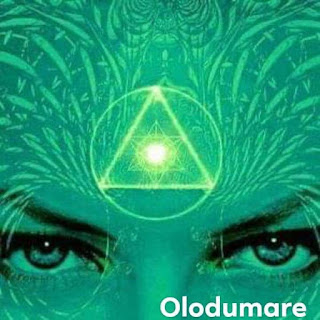After 5 days of Congress and deliberations, the Congress of the Revolutionary Armed Forces of Colombia People's Army (FARC-EP) closes to make way for the new party political revolutionary alternative Joint Forces (FARC).
The days of the Congress in the Convention Center Gonzalo Jiménez de Quesada, located in downtown Bogota within 3 kilometers in a straight line Narino Palace, official residence of the President and government headquarters of Colombia, have reflected the intensity of different political cultures that come together in the same game. Mainly two of the guerrillas of the different blocks (through which the guerrillas exercised territorial control of part of the country) and militants of the Clandestine Colombian Communist Party (PC3), the political expression of the FARC in urban areas .
After the committee work, the last day of debate was opened by Ernesto Samper, former president of Colombia. Also a former secretary general of the Unasur welcomed politics to the already former guerrilla, in a speech in which I opted for socialism Good Living (with references to Bolivia and Ecuador) which will give added value natural resources, the rural economy and land distribution be boosted, and relationships under a south-south horizon have.
The final day of the Congress had several moments of discussion. One of the central points was the ideological and political orientation of the new party that would be born. The final definition adopted in a vote was that of an organization that reflects the principles and theoretical derived critic and libertarian thought elaborations as well as experiences from them have been developed both globally and in Latin America, especially those made by the founders of the FARC-EP Manuel Marulanda and Jacobo Arenas. All with clear guidance aimed at overcoming the existing capitalist social order.
Another moment of important vote was to define the new name and logo of the party. In this case and although the alternative of Nueva Colombia is shuffled, it was decided by a majority to keep the acronym FARC, a historical acronym, in a decision that tries to maintain internal cohesion of the hitherto political-military organization, though probably have a negative cost in urban perception. Next to the name, a new logo that symbolizes a modern pink with a red star inside, and criticized social networks for its resemblance to the traditional rose of social democracy.
But the highlight of the Congress was held when the thousand 100 delegates to the Congress voted for the leadership of the new political party. Before them, the decision to choose the 111 people who must integrate the management, an urn, and two flyer; one red with 111 names submitted by the Central Staff of the FARC and another green with more than 50 names that had been proposed during the Congress days. The result, beyond the number of votes each candidate, consolidated the address 111 proposed by the Central Staff with leading political cadres of the secretariat of the FARC-EP at the top: Iván Márquez, Timoleón Jiménez, Pablo Catatumbo, Joaquín Gómez, Ricardo Téllez or Pastor Alape, among others.
The very moment the vote was historic for many of the participants of the Congress, as claimed excitedly in his decades of life, and membership in the FARC, was the first time in its history that deposited a vote an urn. From now on, they will be many times I have to do in a party that is insured by the agreements Habana 5 senators and five MPs in the House of Representatives for the 2018-2022 legislature.
Once closed the founding congress of the new party with the election of its leadership, and presented the fledgling organization into a political-cultural event at Bolivar Square in Bogota ─nada is casualidad─ where the main speaker was the prior Commander in Chief Timoshenko, today Timoleón Jiménez, the FARC face a number of challenges they face in this new stage of political and electoral struggle.
The principal, establish itself as a political reference not only in certain rural areas of the country, but especially in the urban, where hundreds of social and political organizations in various fields, the human, civil and political rights work; gender and sexual identity; alternative economies and endless turf wars.
For this they have some acceptance in certain sectors of Colombian society, a survey 1 of Gallup Colombia reported during the Congress days stands at 12%, 2 points above the 10% acceptance with the traditional parties between Colombian society, while the negative image, 84% is somewhat lower than the 87% of the matches.
That discredited traditional political parties is an opportunity, but also entails many risks, political normalization and institutionalization, the FARC will have to face in the near future; including breaches of government at various points of the Agreements of Havana, and the passage of thousands of guerrillas into civilian life, many of them without being able to enjoy their youth because of the war.
And, as we commented the former guerrilla Isabela, by the veredal area Antonio Nariño, during a visit to the territory of peace in Icononzo, Valle de Tolima, building peace it is often more difficult than making war.
www.jornada.unam.mx/2017/08/28/mundo/022n1mun


No hay comentarios:
Publicar un comentario
No se admiten comentarios con datos personales como teléfonos, direcciones o publicidad encubierta